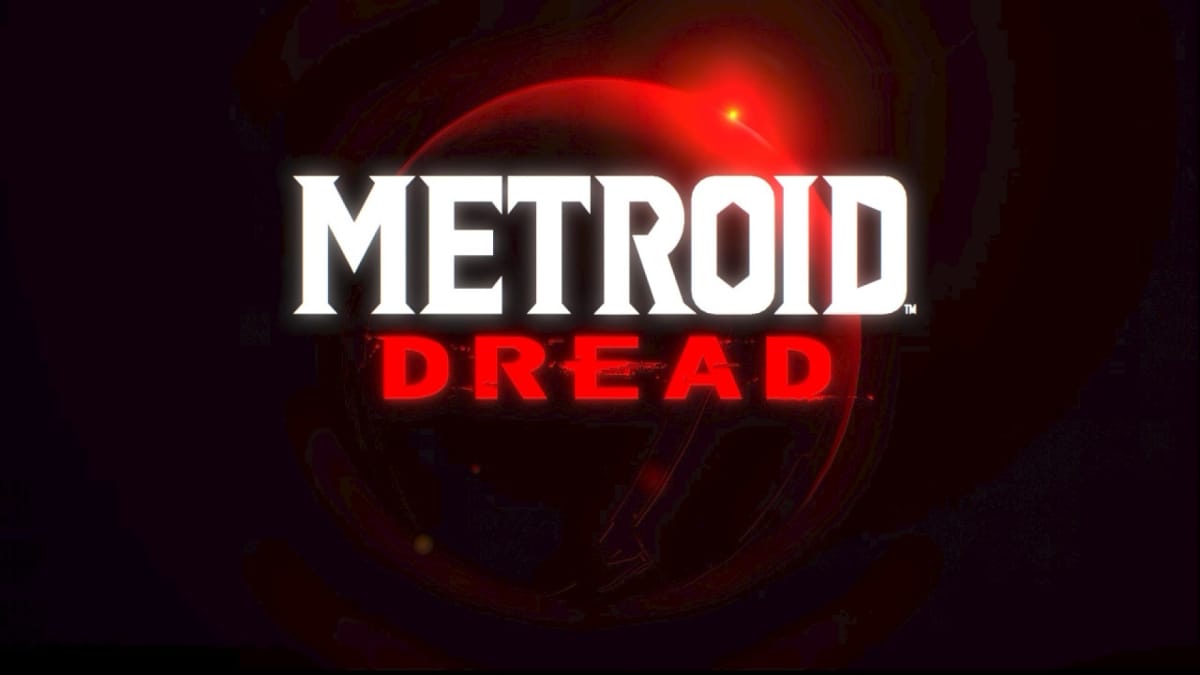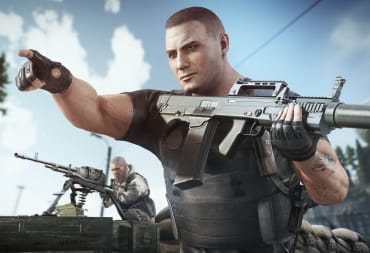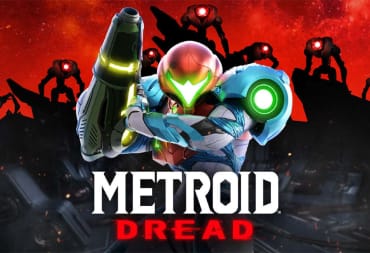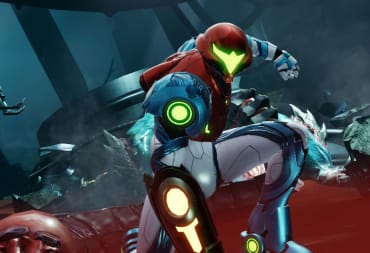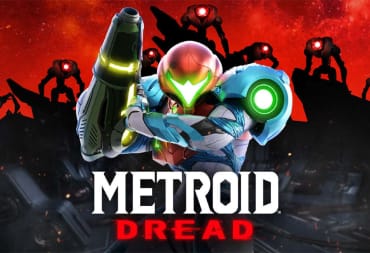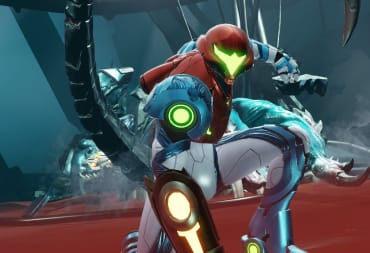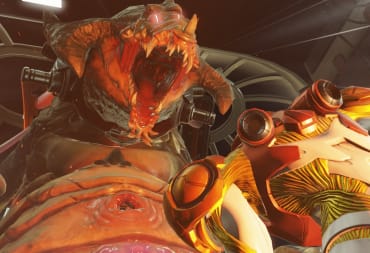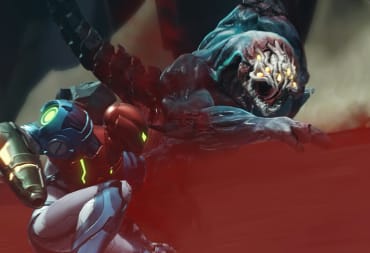When I finally hit the credits of Metroid Dread, I was filled with a sense of triumph I have not had in a long while. This was the first mainline 2D Metroid experience we have gotten in almost two decades that continues the story of bounty hunter Samus Aran, the fate of the galaxy, and the mysterious alien races of the Chozo and the Metroids. The very fact it manages to reintroduce this world to a new audience while retaining the spirit of the originals that fans loved is to be applauded. When that very presentation also leads to one of the best action-platformers of the year, it is a miracle.
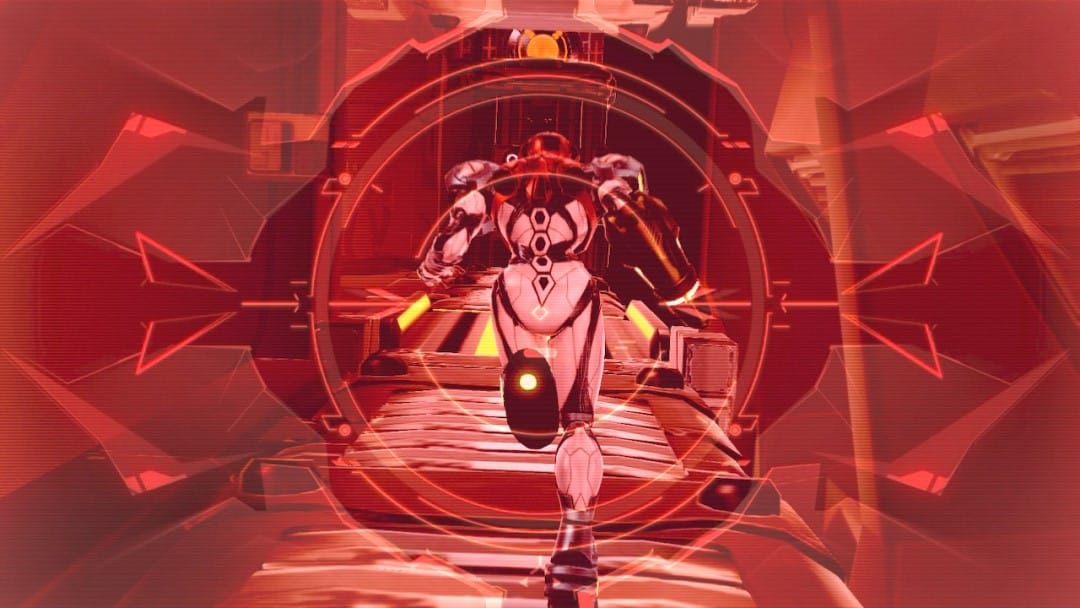
Unearthing ZDR's Secrets
After a lengthy cutscene depicting the events of the series so far, the plot of Metroid Dread starts proper. Samus Aran is sent to the mysterious planet of ZDR under the suspicion that the extremely dangerous X Parasite from Metroid Fusion is still alive. After landing her ship, Samus is attacked by a mysterious armored figure and blacks out. She wakes up sometime later deep within ZDR's depths with most of her weapons and abilities stripped away. Cut off from any backup or rescue, Samus must continue exploring ZDR to recover her lost strength, uncover the mystery of the returning X Parasites, and stop whatever dastardly plot is brewing within.
Right off the bat, Metroid Dread makes several changes to its own formula. In many ways, it still lives up to the search-action ethos of a Metroidvania experience. You'll still be hunting for abilities and power-ups that slowly open up the map towards new areas and secrets, but the difference is all in context. First and foremost, Samus starts her journey at the bottom of the map and is trying to work her way back to the top. It sounds arbitrary at first, but it helps further reinforce the series' themes of isolation and fear of the unknown juxtaposed against Samus' high-octane action.
There are still plenty of cinematic flourishes to be found during boss battles, but they feel more earned here when contrasted with more subtle story turns and characterization as the story progresses. No spoilers here, but MercurySteam shows they understand the character of Samus in just a few lines of dialogue than all the overwrought narration of Metroid Other M combined.
Metroid Dread's heavily marketed EMMI encounters are the perfect microcosm of this. When entering certain zones, you will be pursued by completely impervious robots. The only thing you can do is run away or hide. There is an opportunity to escape them via a quick-time event sequence but the timing window is so small I only managed to pull it off six times throughout my entire playthrough. But, you can eventually destroy these stalking metal monsters by making it to a certain room in the zone, defeating a mini-boss, then charging up a single-use weapon to blast the EMMI's protective plating off for a killing blow.
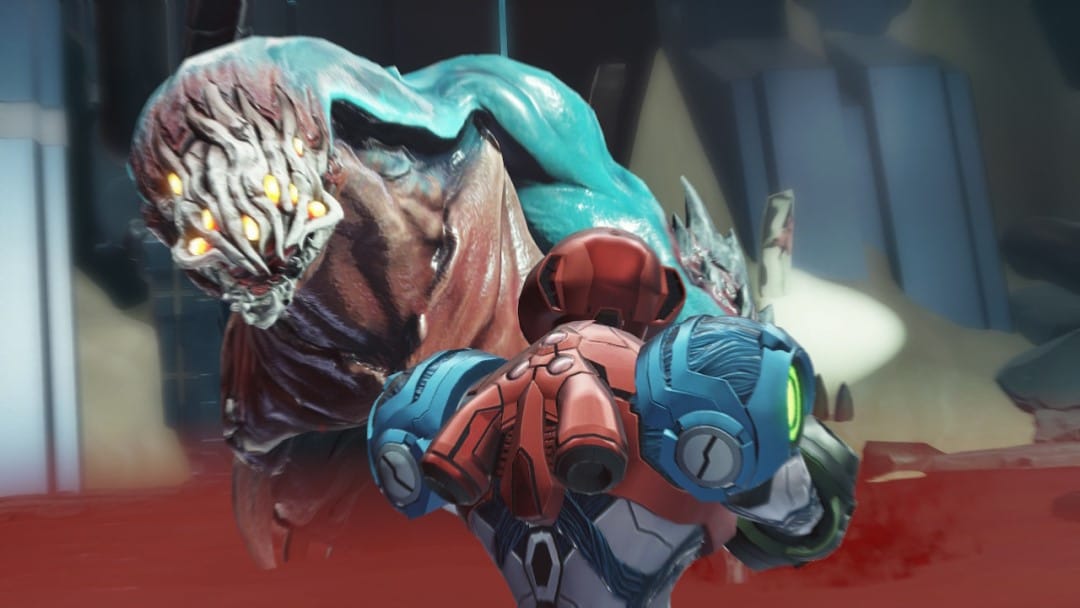
It's a difficult balance to strike. Samus is up against some of the biggest threats she's ever faced, but this game also depicts the intergalactic warrior at her best with multiple games under her belt. Metroid Dread's answer to this is to frame the early events of the game as something closer to a horror title complete with stealth elements and oppressive atmosphere while letting the natural progression of the game let the player pivot from being on the back foot to being the unstoppable bounty hunter we know and love. Complementing this is a much higher difficulty curve - the EMMI AI, in particular, is relentless and certain boss battles kept tossing me around like a ragdoll - alongside more generous checkpoints outside EMMI zones and boss rooms. It's a major risk of genre-bending that works to fantastic effect here.
This doesn't just extend to the encounters, but the game's cutscenes as well. I remember being deeply concerned about MercurySteam taking the reins of the Metroid series after I felt they didn't completely understand the assignment with Samus Returns on 3DS. But those concerns were quickly alleviated thanks to this more scaled-back and deliberate approach. There are still plenty of cinematic flourishes to be found during boss battles, but they feel more earned here when contrasted with more subtle story turns and characterization as the story progresses. No spoilers here, but MercurySteam shows they understand the character of Samus in just a few lines of dialogue than all the overwrought narration of Metroid Other M combined.
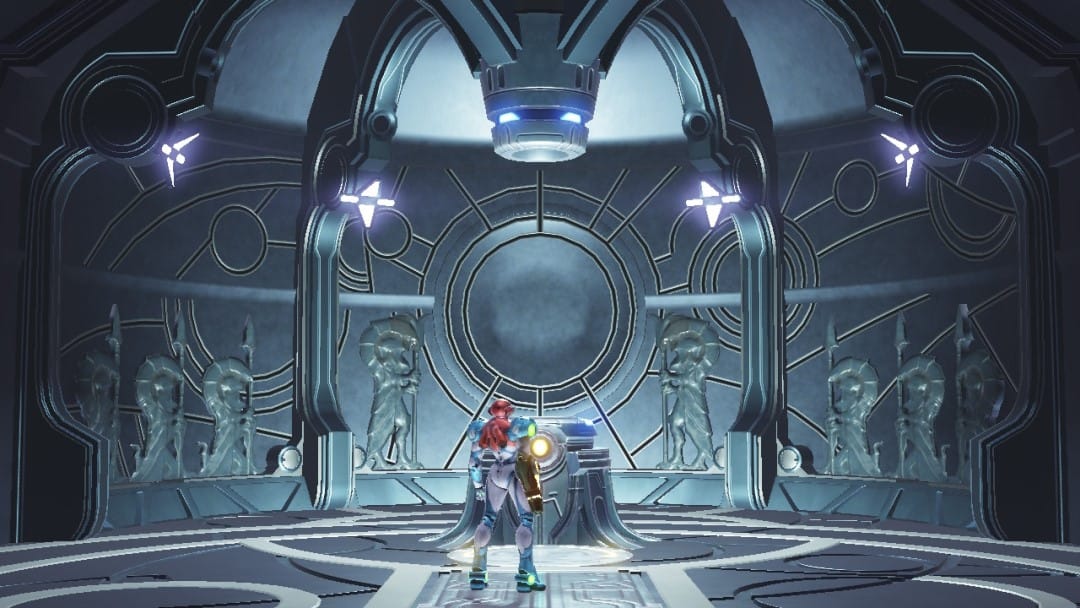
Screw Attacks and Power Bombs
As for game feel, Metroid Dread is almost dreamlike with its responsive controls and buttery smooth animation. It cannot be overstated just how great it feels to just move Samus around and shoot down enemies.
In addition, the melee counter and free-aiming controls are back and feel much more refined here. While you can still aim and shoot Samus' arm cannon in the traditional eight-direction style of classic games, getting a little extra precision by holding down a shoulder button is a fun pay-off. Alternatively, the melee counter gets its biggest use in boss fights. Throughout these scraps with giant monstrosities, countering a melee attack will transition to a grab counter sequence where Samus will flip, twirl and duck through enemy attacks all while shooting the enemy with whatever you want. Because of this, I found myself using missiles more often than any Metroid game in the past. They didn't just feel powerful, they felt essential.
My only real issue with the map is how it factors into progression. Metroid Dread has an unusual habit of keeping its critical path extremely linear, then immediately letting the player get lost until they stumble on a major story beat.
As for the world map itself, it's pretty standard fare. You still have mainstays like the fiery area you can't explore without the Varia Suit, the icy tundra that will freeze you if you're not careful, the mad science and robotics laboratory, and the lush overgrown forest area. But tucked away are some small but important quality-of-life features that make Metroid Dread feel less daunting.
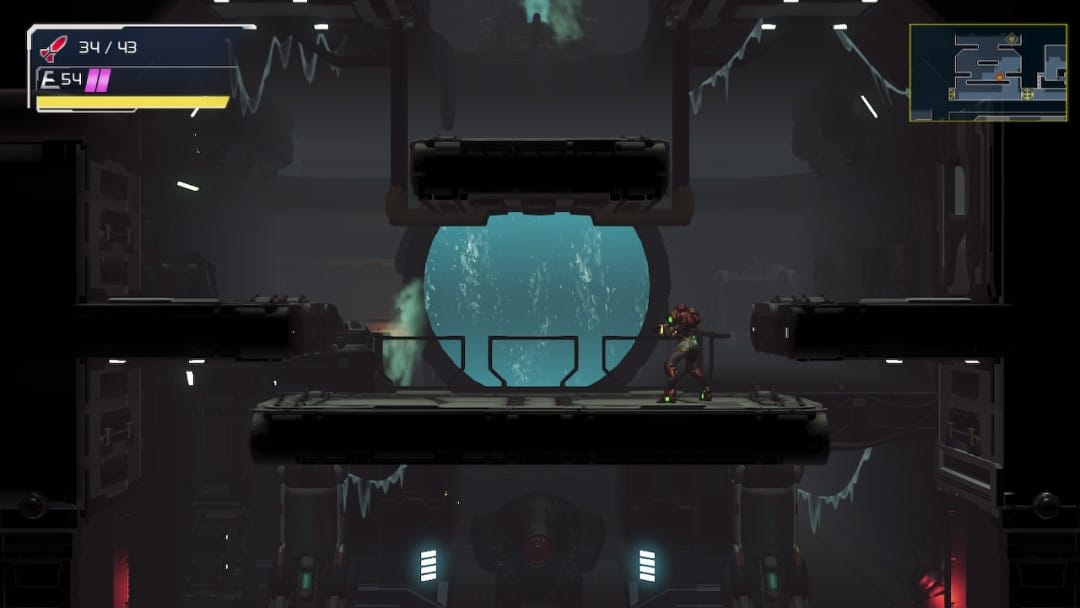
Much like its contemporaries, Metroid Dread is full of hidden collectible power-ups that help upcoming challenges more manageable, all locked behind various environmental puzzles. While the maps of these areas are huge and sprawling, Nintendo and MercurySteam did include some visual aids. In addition to being able to mark the map with different colored beacons, areas of the map that still have secrets will flash white on your screen. This helps cut down on guesswork if you're going for 100% completion and it also lets you mark your own path as you explore ZDR. Furthermore, there are fast-travel teleporter devices peppered throughout each zone, which cuts down on backtracking.
My only real issue with the map is how it factors into progression. Metroid Dread has an unusual habit of keeping its critical path extremely linear, then immediately letting the player get lost until they stumble on a major story beat. In many ways, the entire map didn't feel truly open until the build-up to the finale. Speaking as someone who reached the credits with only 64% of all power-ups collected, the final battle was extremely challenging, so take my advice and slow down before the end.
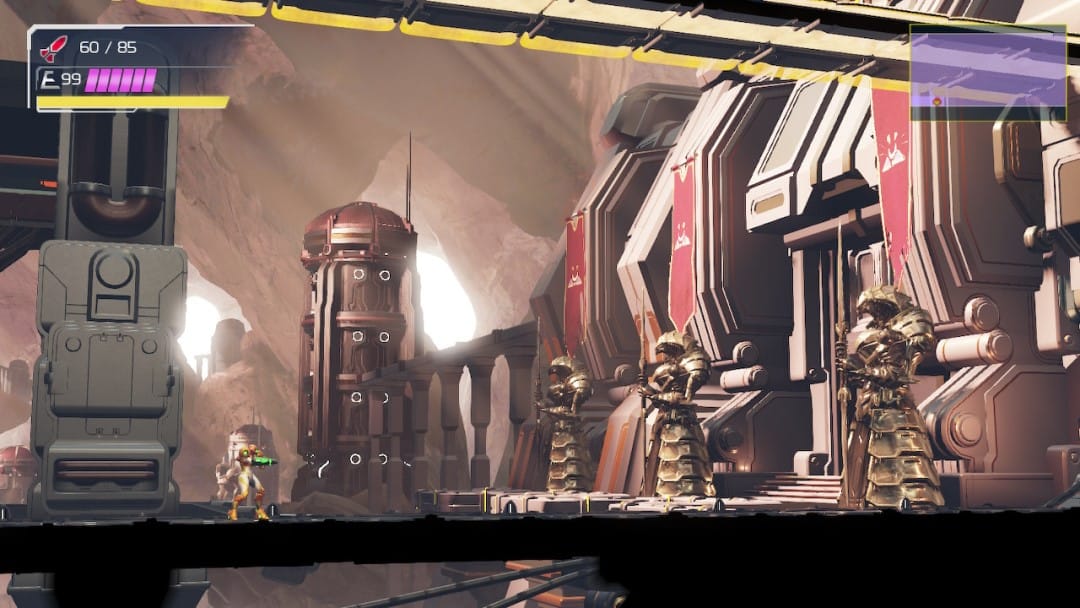
Because of this stop-and-start attitude to exploration, it's difficult to call Metroid Dread a successor to a Metroidvania experience. However, as a more linear action platformer, the game excels at forward momentum. Things like zones going through different world states as the story progresses, a fiery zone getting frozen over, for example, help keep things going in the moment. Your mileage will vary, but MercurySteam and Nintendo do get the balance more often than not.
Finally, if there is a major issue I have with Metroid Dread, its accessibility options. Colorblind modes aren't available. There is no way to remap button controls at all. Finally, while there are subtitle options, there is no way to add backgrounds or change the text size for those with sight difficulties.
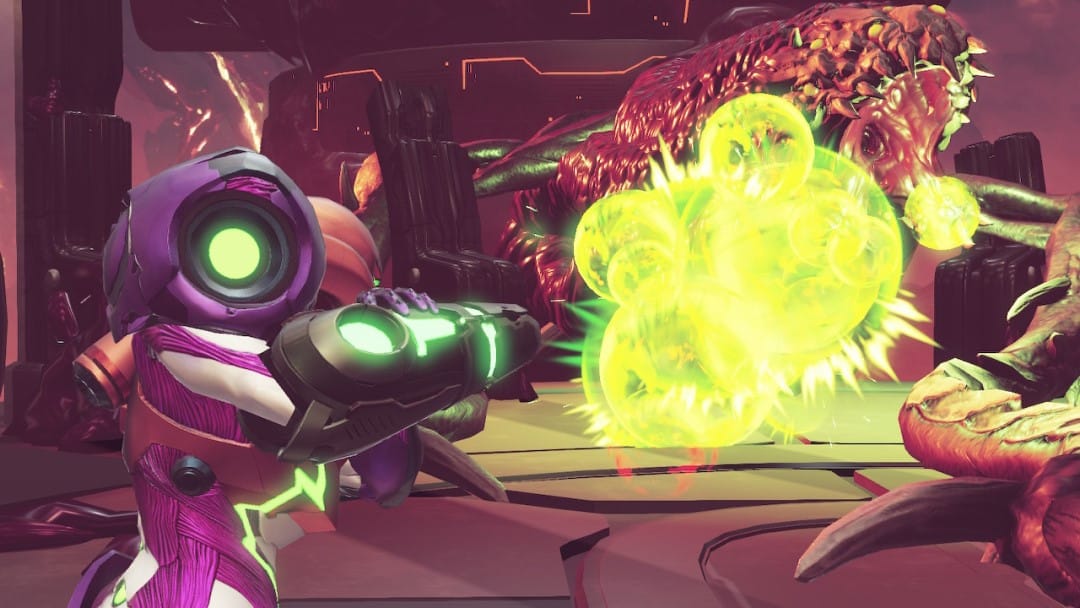
Metroid Dread review | Final Thoughts
While there are a few problems I do have with progression and accessibility, Metroid Dread is a game more than worth your time. MercurySteam's raw passion and cinematic flair mesh perfectly with Nintendo's gameplay-first philosophy and signature polish into something truly spectacular. Everything looks gorgeous thanks to sharp art direction and fantastic presentation. Samus is as capable as she is of fighting a giant monster or avoiding detection by an EMMI. But above all, despite there being roughly eighteen years of absence, Metroid Dread feels like a natural progression of every installment released so far. Pick this up as soon as you can if you love classic 2D Metroidvanias immediately.
TechRaptor's Metroid Dread review was conducted on Nintendo Switch using a copy purchased by the reviewer
Review Summary
Pros
- Stellar, Fluid Animation and Controls
- Challenging Boss Battles and Clever Environmental Puzzles
- Large Complex Maps to Explore
Cons
- Uneven Story Progression
- Lack of Button Remapping and Accessibility Options
Have a tip, or want to point out something we missed? Leave a Comment or e-mail us at tips@techraptor.net
